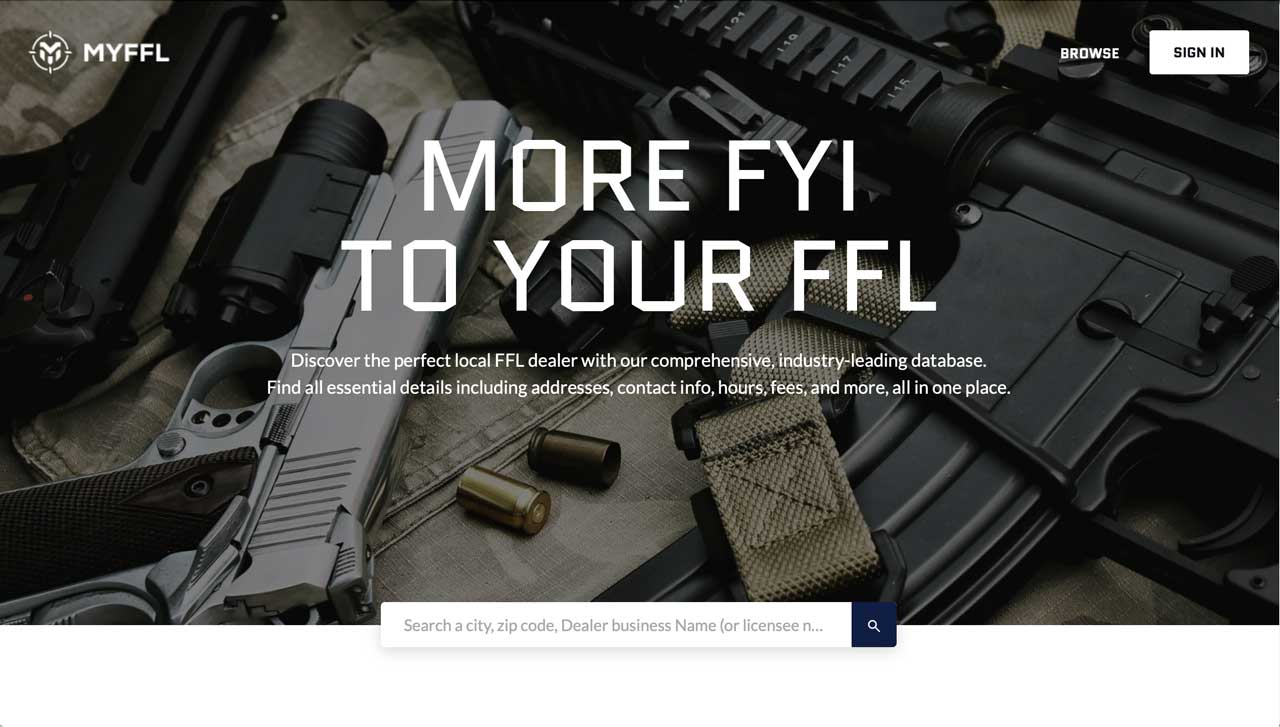As an FFL holder, your compliance with federal firearms laws is crucial to maintaining your license and operating your business. The ATF conducts compliance inspections to ensure adherence to these regulations. While these inspections can seem daunting, understanding the process and preparing thoroughly can make all the difference. This article will guide you through what an ATF compliance inspection entails, what the ATF looks for, common violations they uncover, and how to prepare effectively.
What Is an ATF Compliance Inspection?
An ATF compliance inspection is a detailed review of your business practices, records, and inventory conducted by Industry Operations Investigators (IOIs). Under federal law, the ATF can perform one warrantless compliance inspection per year during your regular business hours. The primary goals of these inspections are:
- Assess Compliance: Verify that your business operations align with the Gun Control Act (GCA) and other applicable laws.
- Identify Violations: Detect any errors or patterns of non-compliance that could lead to unauthorized firearm transfers or other risks.
- Provide Guidance: Offer recommendations to improve your record-keeping and operational practices.
Frequency of Inspections
Although the ATF is authorized to inspect annually, many FFL holders are inspected less frequently. However, higher-risk businesses—such as those with a history of compliance issues or a high volume of sales—may be inspected more often.
What Does the ATF Look For During an Inspection?
The ATF examines several key areas during an inspection. Knowing these focus points can help you stay prepared.
1. Record-Keeping
Proper record-keeping is at the heart of compliance. The ATF will scrutinize your records to ensure they are complete, accurate, and up-to-date. Key records include:
- Acquisition and Disposition (A&D) Records: These logs must reflect every firearm you acquire and dispose of, along with the dates, serial numbers, and details of the transaction.
- Form 4473 (Firearms Transaction Record): The IOIs will ensure these forms are completed properly, legibly, and stored systematically. Missing information, incorrect dates, or incomplete background check details are common red flags.
2. Inventory Management
The ATF conducts a physical inventory to ensure that all firearms on hand match your A&D records. Discrepancies can indicate missing firearms, which is a significant compliance concern.
3. Background Checks
IOIs will verify that you have conducted the required background checks through the National Instant Criminal Background Check System (NICS). Every firearm transfer must be properly documented, and the process for handling delays or denials will also be reviewed.
4. Security Measures
The security of your firearms inventory is another critical area. Investigators will check that firearms are stored securely to prevent theft or unauthorized access. This might include examining safe storage practices, locking mechanisms, and the security of your premises.
5. Reporting Requirements
If you sell two or more handguns to the same individual within five business days, the ATF requires you to submit a Multiple Handgun Sales Report. Investigators will confirm that these reports are filed correctly and on time.
Common Findings and Violations
The ATF’s updated Enhanced Regulatory Enforcement Policy page shows an increase in license revocations due to serious compliance violations. According to a 2024 analysis, the ATF revoked 81 licenses in the first half of the year, citing willful violations. Here are the most frequent issues uncovered during inspections:
- Failure to Conduct Background Checks: Not running NICS checks for firearm sales is one of the most serious violations.
- Record-Keeping Errors: Missing or incomplete entries in A&D records or Form 4473 are common. Even small mistakes can accumulate and lead to severe consequences.
- Transferring Firearms to Prohibited Persons: Selling firearms to individuals who fail background checks or are otherwise disqualified is a major compliance failure.
- Inventory Discrepancies: Missing firearms due to inaccurate records or unaccounted losses can result in immediate sanctions.
- Failure to Report Multiple Sales: Missing or delayed reports for multiple handgun sales violate federal requirements.


How to Prepare for an ATF Inspection
Preparing for an inspection begins with consistent compliance practices. Here’s how to ensure your business is inspection-ready:
1. Conduct Regular Internal Audits
Perform periodic audits of your records and inventory to identify and correct errors before an inspection. Cross-check your physical inventory against A&D records and ensure all transactions are properly documented.
2. Organize and Maintain Records
Keep your bound book records neat, organized, and readily accessible. Ensure all Form 4473s are completed in full, with no missing information. Software and digital tools can help you track your inventory and streamline compliance.
3. Review Background Check Procedures
Make sure your staff is trained on how to perform background checks correctly. Stay updated on NICS procedures and ensure all required checks are conducted before transferring firearms.
4. Enhance Security Measures
Invest in robust security systems to protect your firearms. This may include alarm systems, secure storage solutions, and surveillance cameras. Strong security practices not only help prevent theft but also demonstrate compliance to the ATF.
5. Train Your Staff
Ensure all employees are well-versed in ATF regulations and compliance protocols. Regular training sessions can help them identify potential compliance risks and address them proactively.
6. Seek Professional Guidance
Consider hiring a compliance consultant or enrolling in an FFL compliance program. These experts can provide tailored advice, conduct mock inspections, and help you address potential weaknesses.
7. Understand the Process
Know what to expect during an inspection. Be prepared to answer questions about your records, inventory, and procedures. Cooperate fully with IOIs and ask for clarification if needed.
Why Proactive Compliance Matters
The consequences of non-compliance can be severe, ranging from warning letters to fines, license suspensions, or revocations. Maintaining strong compliance practices not only protects your license but also ensures your business’s reputation and longevity.
Preparing for an ATF inspection isn’t just about avoiding penalties; it’s about running a responsible, professional operation that prioritizes safety and accountability. By taking compliance seriously, you can confidently navigate inspections and continue to serve your customers without disruption.
By adopting these best practices and staying vigilant, you can minimize risks and ensure your business thrives in the highly regulated firearms industry.







